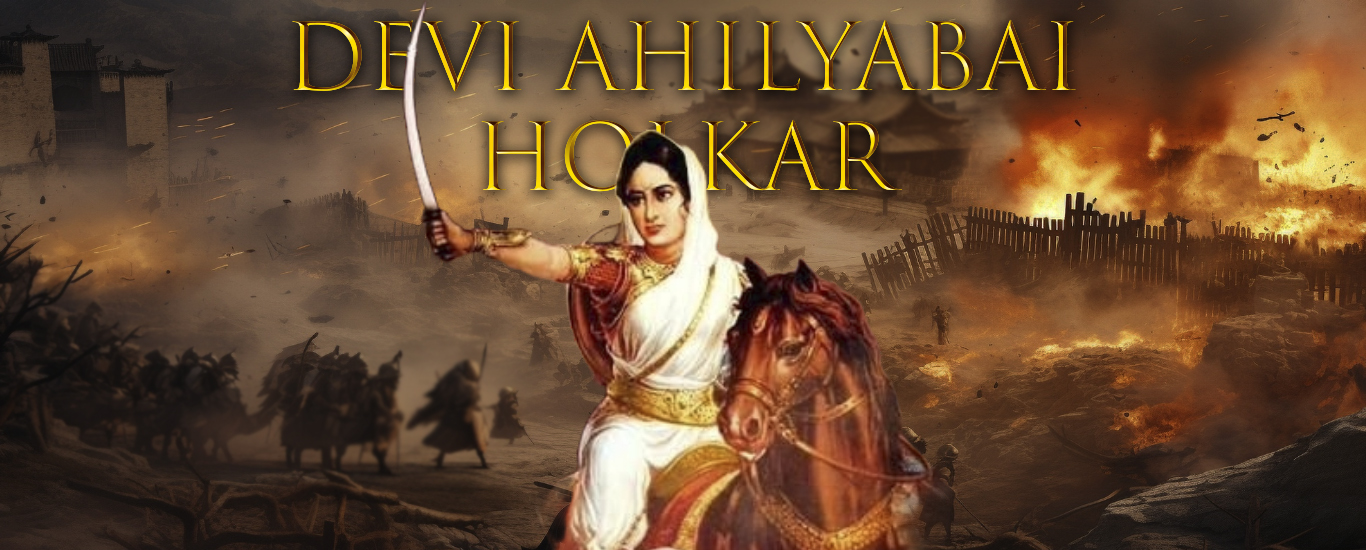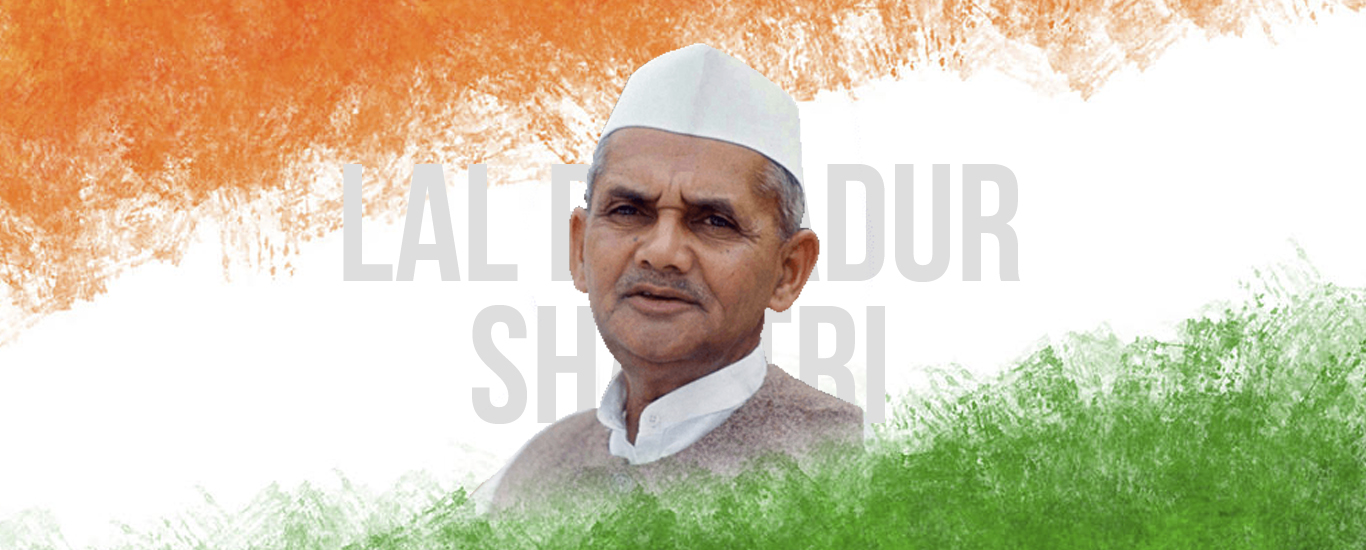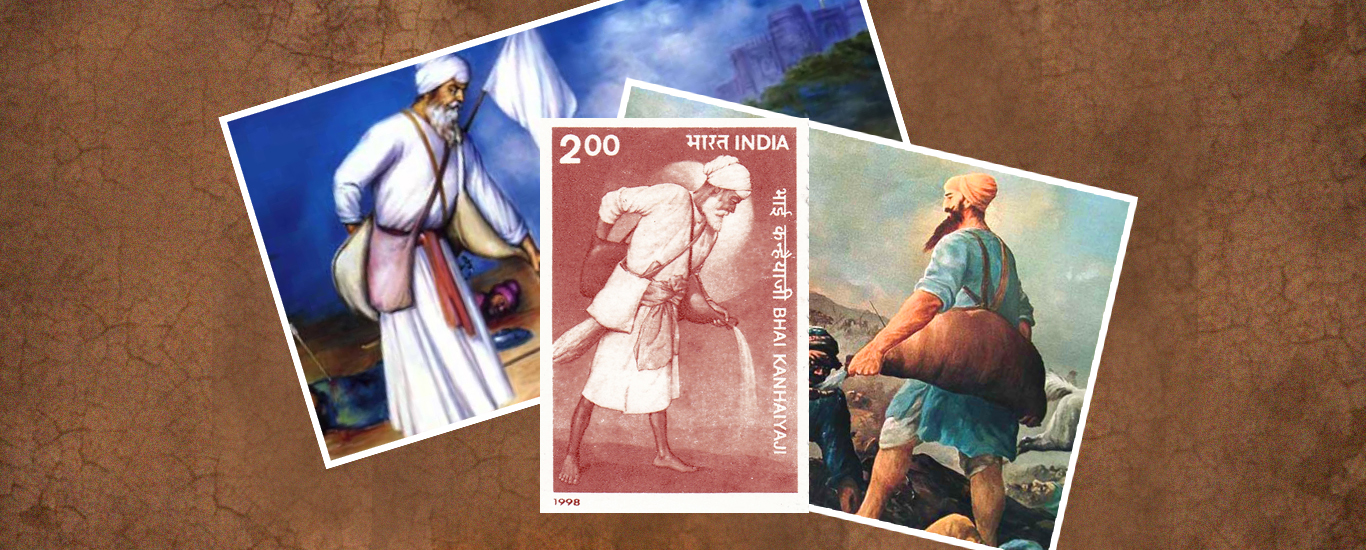Famous rulers from Uttar Pradesh (UP)
India is a land that is proud to have many brave rulers. There are several rulers who supported India at the time of their ruling. This article brings up some of the famous rulers of Uttar Pradesh.
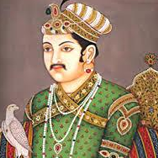
CHANDRAGUPTA-I
Chandragupta was a son of the Gupta king Ghatotkacha and a grandson of the dynasty’s founder Gupat, both of whom are called Maharaja in the Allahabad pillar inscription. Chandragupta was titled Maharajadhiraja which means king of kings and issued gold coins, which suggest that he was the first Imperial ruler of the dynasty.
Chandragupta married Lichchhavi princess Kumara Devi. Lichchhavi, the name of an ancient clan that was headquartered at Vaishali in current day Bihar during the time of Gautama Buddha. After Chandragupta’s marriage, he probably became the ruler of Lichchhavi territories. Their son Samudragupta further took over the Gupta Empire.
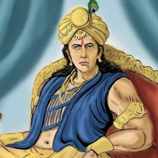
SAMUDRAGUPTA
The emperor of the Gupta dynasty who ruled from 335 to 380 CE. He was the son of Gupta Emperor Chandragupta 1. His mother Kumaradevi belonged to the Lichchhavi Gana. It was known that Samudragupta was opted by his father as the successor due to his devotion, righteous conduct and valour. Chandragupta called his son Samudragupta, a noble person in front of the countries and appointed him to protect the earth was in the Allahabad inscription.
Samudragupta is also known as the Napoleon of India who aimed at unification of the earth and aspired to become a Chakravartin. He gave patronage to art and literature.
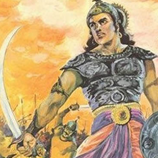
CHANDRAGUPTA-II
One among the most powerful Emperors of the Gupta Empire in India, Chandragupta-II also known as Chandragupta Vikramaditya from 388 to 409. He subjugated Gujarat, the region north of Mumbai, Saurashtra, in western India, and Malwa, with its capital of Ujjain. Datta Devi, Chandragupta-II’s mother was the chief queen of Samudragupta. Dhruvadevi was Chandragupta-II’s chief queen.
Chandragupta is known to have defeated the western Kshatrapas led by Rudrasimha III, capturing Malwa and Gujarat in the process. He was one of the most strongest and powerful emperors of the Gupta Empire in northern India.

KUMARAGUPTA-I
Kumaragupta-I was the son of Gupta Emperor ChandraGupta-II and queen Dhruvadevi. Kumaragupta was the emperor of the Gupta Empire of Ancient India; he was born in 399 AD 455 AD. Due to his bravery he got various titles like a MaharajadhiRaja, Parama bhattaraka and Paramadvaita. His grandfather was Samudragupta.
Kumaragupta executed an Ashvamedha sacrifice. It was often done to prove imperial sovereignty, even though no true information is available about his military achievements.
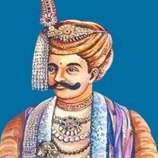
HARSHAVARDHANA
The downfall of the Gupta Empire in the middle of the sixth century brought about the breakup of the Northern Indian kingdom into many small republics and Meenakshi estates. Prabhakar Vardhan, ruler of Thanesar, present-day Haryana was the first ruler of the Vardhana dynasty. He had two sons, the eldest one ascended the throne after his father and his younger son Harshvardhan. His brother was deceived and murdered at which point the young 16 year old Harsha swore to take revenge. Harsha raised a war against the king and won the battle and was consequently crowned the new ruler.
With the power of Harsha’s, his Empire took over much of North and Northwestern India and South until Narmada River; and gradually made Kannauj (in the present Uttar Pradesh state) his capital, and ruled till 647 CE. He was also so and other of repute having penned Sanskrit plays like Nagananda, Ratnavali and Priyadarshika. Banabhatta,Sanskrit poet wrote his biography Harshacharitha, which means deeds of Harsha.
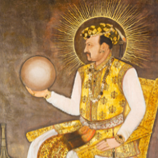
JAHANGIR
In 1605 Akbar was succeeded by his son Salim took the name of Jahangir which means Conqueror of the world. He was deeply interested In the Welfare of the people, he valued justice highly, so he hung a chain of bells outside the palace. Those who had any problem could tuck the bells off the chain and would receive hearing from the king. His son Khusro rebelled against him and was defeated at Lahore.
Tuzuk-I-Jahangiri, The autobiography of Jahangir gives information about Jahangir and his interests. It shows that he was a man of Justice. He gives 12 Rules of conduct to be observed by all the peoples. Jahangir married Nur Jahan and was extremely beautiful and talented. Jahangir took advice from his wife for both personal and administrative matters. Jahangir died in 1627 CE and was buried at Lahore.
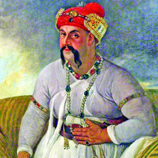
ASAF-UD-DAULA
Born on 23 September 1748, Asaf-ud-Daula was the Nawab wazir of Oudh which is a vassal of the British, established by Shah Alam II, from 26 January 1775 to 21 September 1797, and the son of Shuja-ud-Dowlah. Asaf-ud-Daula’s mother and grandmother were the Begums of Oudh.
He passed away on 21 September 1797 in Lucknow. He is buried at Bara Imambara, Lucknow.
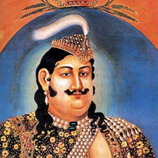
WAJID ALI SHAH
Born on 30 July 1822, Wajid Ali Shah was the eleventh and last King of Awadh. He held his position for 9 years , from 13 February 1847 to 11 February 1856.
Wajid Ali Shah’s first wife was Alam Ara. Because of her divine beauty she was better known as Khas Mahal. Not clarified but she was known to be one of two Nikahi wives.
His kingdom was secured by the East India Company (EIC) under treaty, on 11 February 1856 it was annexed by the EIC, just two days before the ninth anniversary of his coronation. The Nawab was sent to Garden Reach in Metiabruz, then a suburb of Kolkata, and lived the rest of his life on a generous pension.
Wajid Ali was a playwright, poet, dancer and great patron of the arts. He is widely recognized with the awakening of Kathak as a main form of classical Indian dance. He passed away on 1 September 1887.
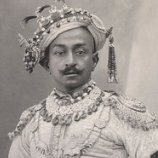
PRABHU NARAYAN SINGH
Prabhu Narayan Singh would reign for 42 years as Maharaja; he was knighted with the KCIE in 1891, afterwards became an honorary colonel in the Indian Army. It was he who became the first Maharaja of the freshly created princely state of Benares in 1911, including the parganas of Bhadohi and Keramnagar, Chakia and Ramnagar, balanced with specific limited rights within the City of Benares.
He contributed 1300 acres of land to set up one of the well-known Banaras Hindu University. He contributed land at Kamacha, Varanasi, Uttar Pradesh to Dr Annie Basent for the foundation of Hindu College which she donated for the formation of BHU.
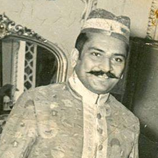
VIBHUTI NARAYAN SINGH
Born on 5 November 1927 Vibhuti Narayan Singh was the king of a city considered holy Benares which is located in the Indian state of Uttar Pradesh. He was the endmost Bhumihar Brahmin king of the British governed Kingdom of Kashi. In June 1934, he was adopted by Maharaja Aditya Narain Singh who was the King of Benares. Vibhuti Narayan Singh was appointed his successor to the Narayan dynasty which was the day next to the death of the Maharaja’s on 4 April 1939. A working committee was formed as he was still a minor at the time, to look after the kingdom. He passed away on 25 December 2000.

